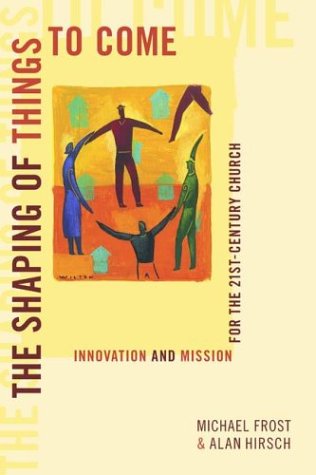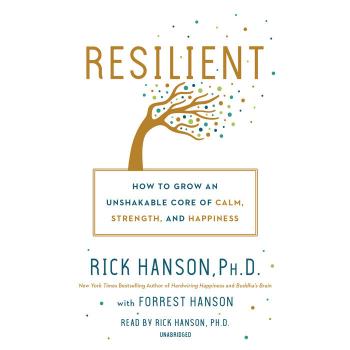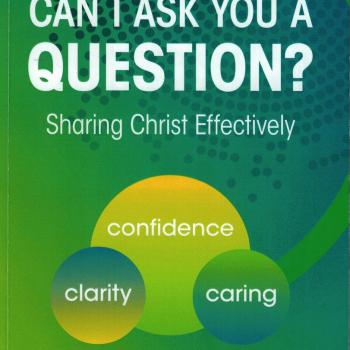
The Shaping of Things to Come by Michael Frost and Alan Hirsch
This book is perhaps one of the most comprehensive books on the nature of the missional church. This reviewer found this book full of helpful information, some theoretical, and most were practical in nature. The authors begin with a definition of the missional church. They suggest that a missional church should be (1) incarnational and not attractional, (2) messianic and not dualistic, and (3) apostolic, and not hierarchical (12). They make the case that Christendom, which altered the mode of the Christian movement. The writers insist that a contract was signed with the political powers (during the time of Constantine in 315 AD), and therefore mission became less necessary. As a result, this Christendom, (which they would suggest is a false form of Christianity), is waning and the true form of Christianity – the missional church is ripe to have an impact on the world for Christ.
Their definition of incarnational is very helpful. The church does need to be found useful enough in the community to warrant the right to share Christ. Building church buildings which would be used only once a week are no longer an option. The church must provide something secular of value to earn the trust of the community. The authors provide by way of illustration many examples of how this can be done.
Along with the notion that the church needs to be more useful to the community, our physical environments (or church buildings) determine the message we are sending. The authors repeat the phrase “the medium is the message.” The reviewer found that this idea rings true in the real world. As a church planter, we have tried to experiment with the design of the church, (using round tables) and experimenting with interactive sermons to create a different environment for pre-Christians to seek God. Contextualization is the key (83-85).
The book is filled with many great charts to help illustrate ideas. One such idea is the fact that when God’s story, the Biblical stories, and our stories all intersect, real evangelism takes place (101).
The discussion of the roles of people in the church (APEPT – an abbreviation of the five-fold ministry of the church in Ephesians 4:11) was also refreshing. I agree that the decline of the church is directly related to the lack of people trained to fill these roles. Seminaries need to spend time developing not just pastors and teachers, but also apostles, prophets and evangelists (179).
This missional-incarnational-messianic-apostolic form seems to be the hermeneutical basis of the book. This reviewer would agree with the fact that ministry needs to be redefined missionally (149). The secondary foundation is the notion that the medium is the message. Technologies are extensions of ourselves. “We share our tools, and then they shape us.” This discussion about how the medium reveals our message is perhaps the most prophetic statement in the entire book (149-155).
This writer believes that the discussion of a post-Jesus Jewish mysticism perspective(115) was a very distracting part of the book. While one could understand the need to justify the position of being against this so-called Christendom paradigm. However, the need to re-evaluate the Jewish mystical nature of Jesus as a form of messianic spirituality, which would be in contrast to Christendom spirituality (116). While this writer believes that the DNA is Hebraic, it did not become completely “infected” (118) when it went out into the world. The authors contend that the reach of the gospel was ineffective because the world was inoculated with a Hellenistic (dualistic) Christendom. This reviewer disagrees with both their diagnosis as well as their prescription that Christianity should turn to the Hebrew spiritual tradition. While there is value in contrasting Jerusalem and Athens, I found the statements about German theologians who proposed a theological “final solution” as a form of anti-Semitism very biased at the best, and completely unChristian at worst.
The authors claim that Christendom was a persecutor of Hasidic Judaism is ironic considering the fact that it was the Jews who used their tradition to kill Christ (117).
The book complimented other books like Richard Baucham’s Bible and Mission, in which the church needs to be centrifugal (spinning outward), and not centripetal (spinning inward) (39). If their definition for incarnational missions is correct, then this book would compliment just about every book that has been written about mission work with post-modern Americans. This book read more like a prophetic book which shared trends which a pastor would face. As such, it is worth giving to church planters, even if parts of the book would not be in-line with Baptist beliefs.












